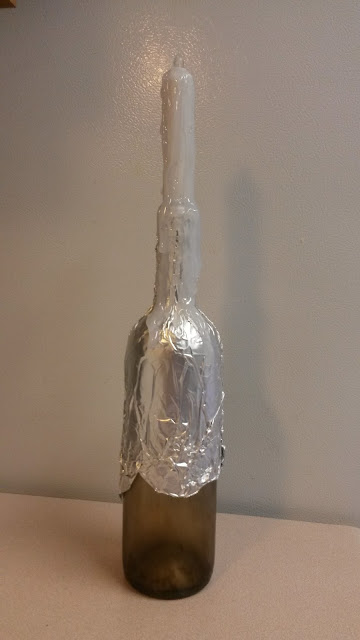Akin to many of William Butler Yeats' earlier works, "The Stolen Child" presents a melancholy image of Irish folklore. Originally published in Irish Monthly in 1886, the poem, as David Ross highlights, expands on the mythology of the Sidhe: a fairy who seduces children and abducts them into her dreamy world. In Yeats' rendition, the Sidhe lures the child away with promises of a gentler life removed from the ceaseless sorrow of humanity. In fact, for many scholars, including Matt McGuire, Yeats' world filled with weeping is a commentary on the horrors and injustices induced by modern society.
Of Sleuth Wood in the lake,
There lies a leafy island
Where flapping herons wake
The drowsy water rats;
There we've hid our faery vats
Full of berrys
And of reddest stolen cherries.
Come away, O human child!
To the waters and the wild,
With a faery, hand in hand,
For the world's more full of weeping than you can understand.
Where the wave of moonlight glosses
The dim gray sands with light,
Far off by furthest Rosses
We foot it all the night,
Weaving olden dances,
Mingling hands and mingling glances
Till the moon has taken flight;
To and fro we leap,
And chase the frothy bubbles,
While the world is full of troubles
And anxious in its sleep.
Come away, O human child!
To the waters and the wild,
With a faery, hand in hand,
For the world's more full of weeping than you can understand.
Where the wandering water gushes
From the hills above Glen-Car,
In pools among the rushes,
That scarce could bathe a star,
We seek for slumbering trout
And whispering in their ears;
We give them evil dreams,
Leaning softly out
From ferns that drop their tears
Of dew on the young streams.
Come! O, human child!
To the woods and waters wild,
With a faery, hand in hand,
For the world's more full of weeping than you can understand.
Away with us, he's going,
The solemn-eyed;
He'll hear no more the lowing
Of the calves on the warm hill-side.
Or the kettle on the hob
Sing peace into his breast;
Or see the brown mice bob
Round and round the oatmeal chest,
For he comes, the human child,
To the woods and waters wild,
With a faery hand in hand,
For the world's more full of weeping than he can understand.
Works Referenced
McGuire, Matt. Contemporary Scottish Literature. New York: Palgrave McMillan, 2008.
Ross, David. Critical Companion to William Butler Yeats: A Literary Reference to His Life and Work. New York: Facts on File, 2009.
Yeats, William Butler. "The Stolen Child." William Butler Yeats: Early Poems. New York: Dover Publications, 1993. Pages 12-13.



























